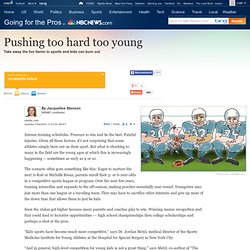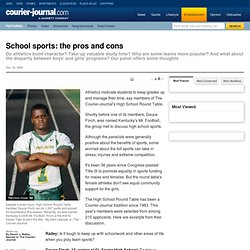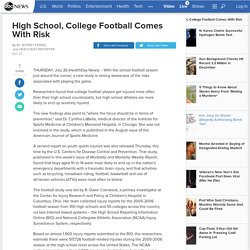

Sports Illustrated Special Report: Steroids in baseball - SI.com - Magazine. By Tom Verducci, Sports Illustrated Dan Naulty, now a pastor, overcame a vicious cycle of steroids, heavy drinking and suicidal thoughts to become one of the few players in the Mitchell Report to own up to PED use.

John Burgess/SI This story appears in the June 4, 2012 issue of Sports Illustrated. Buy the digital version of the magazine here. The 1994 Fort Myers Miracle, a Class A affiliate of the Minnesota Twins, included four pitchers of similar attributes. This is a story about the real cost of steroids in baseball -- not the broken records, not the litigation, not the talk-show drone about the elite players who juiced and how to weigh their Hall of Fame candidacy.
On June 18, 2002, Donald Fehr, then the executive director of the Major League Baseball Players Association, was asked a simple question by Sen. Dorgan knew there was, because three weeks before that, a recent National League Most Valuable Player had defined the problem. VERDUCCI: How steroids affected four pitchers on Ft. Buzz Bissinger: Why College Football Should Be Banned. Drphil. Does your teenager have a passion for sports that he puts above all else?

Does he excel on the court or field but is failing in the classroom? Dr. Phil supports having dreams, goals and passion, but says it's a good idea to have a backup plan and to keep education a priority. He has advice for finding the balance between your teen's passion and their academics: Playing sports is a privilege, not a right. Education has to come first. Responsible parenting has to be a guilt-free zone. Be consistent with your discipline. Handling Sports Pressure and Competition. Listen Most people play a sport for the thrill of having fun with others who share the same interest.

Pushing too hard too young - Health - Children's health - Going for the Pros. Intense training schedules.

Pressure to win and be the best. Painful injuries. Given all these factors, it’s not surprising that some athletes simply burn out on their sport. But what is shocking to many in the field are the young ages at which this is increasingly happening -- sometimes as early as 9 or 10. The scenario often goes something like this: Eager to nurture the next A-Rod or Michelle Kwan, parents enroll their 5- or 6-year-olds in a competitive sports league or program. Soon the stakes get higher because many parents and coaches play to win. “Kids sports have become much more competitive,” says Dr. “And in general, high-level competition for young kids is not a great thing,” says Metzl, co-author of “The Young Athlete: A Sports Doctor’s Complete Guide for Parents.” 'It's not fun anymore'Kids with a strong internal drive may thrive on the competition.
“Most children would rather play on a losing team than sit on the bench of a winning team,” he says. © 2013 msnbc.com Reprints. School sports: the pros and cons. Athletics motivate students to keep grades up and manage their time, say members of The Courier-Journal's High School Round Table.

Shortly before one of its members, Deuce Finch, was named Kentucky's Mr. Football, the group met to discuss high school sports. Although the panelists were generally positive about the benefits of sports, some worried about the toll sports can take in stress, injuries and extreme competition. It's been 36 years since Congress passed Title IX to promote equality in sports funding for males and females. But the round table's female athletes don't see equal community support for the girls. The High School Round Table has been a Courier-Journal tradition since 1983. Railey: Is it tough to keep up with schoolwork and other areas of life when you play team sports? Deuce Finch, 18, senior at St. Football helps my time management because I know that I only have a certain amount of time to get my homework done and get the rest that I need.
High School, College Football Comes With Risk. THURSDAY, July 26 (HealthDay News) -- With the school football season just around the corner, a new study is raising awareness of the risks associated with playing the game.

Researchers found that college football players get injured more often than their high school counterparts, but high school athletes are more likely to end up severely injured. The new findings also point to "where the focus should be in terms of prevention," said Dr. Cynthia LaBella, medical director of the Institute for Sports Medicine at Children's Memorial Hospital, in Chicago.
She was not involved in the study, which is published in the August issue of the American Journal of Sports Medicine. A second report on youth sports injuries was also released Thursday, this time by the U.S. The football study was led by R. But the researcher said she was surprised to find that the distribution of injuries differed, with fractures, concussions, and season-ending injuries more common among high school athletes.
ISYS@MSU - Ask the Experts.